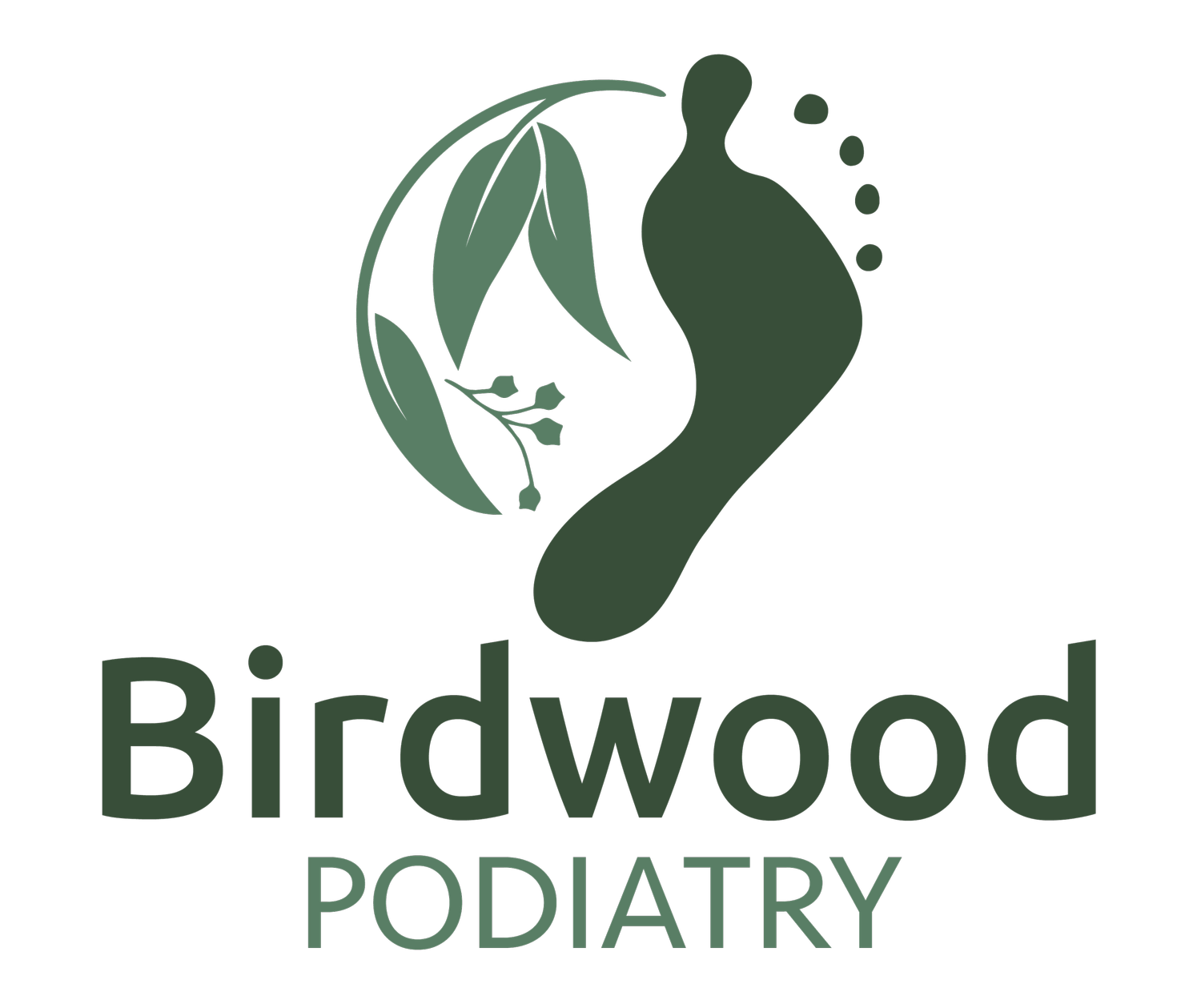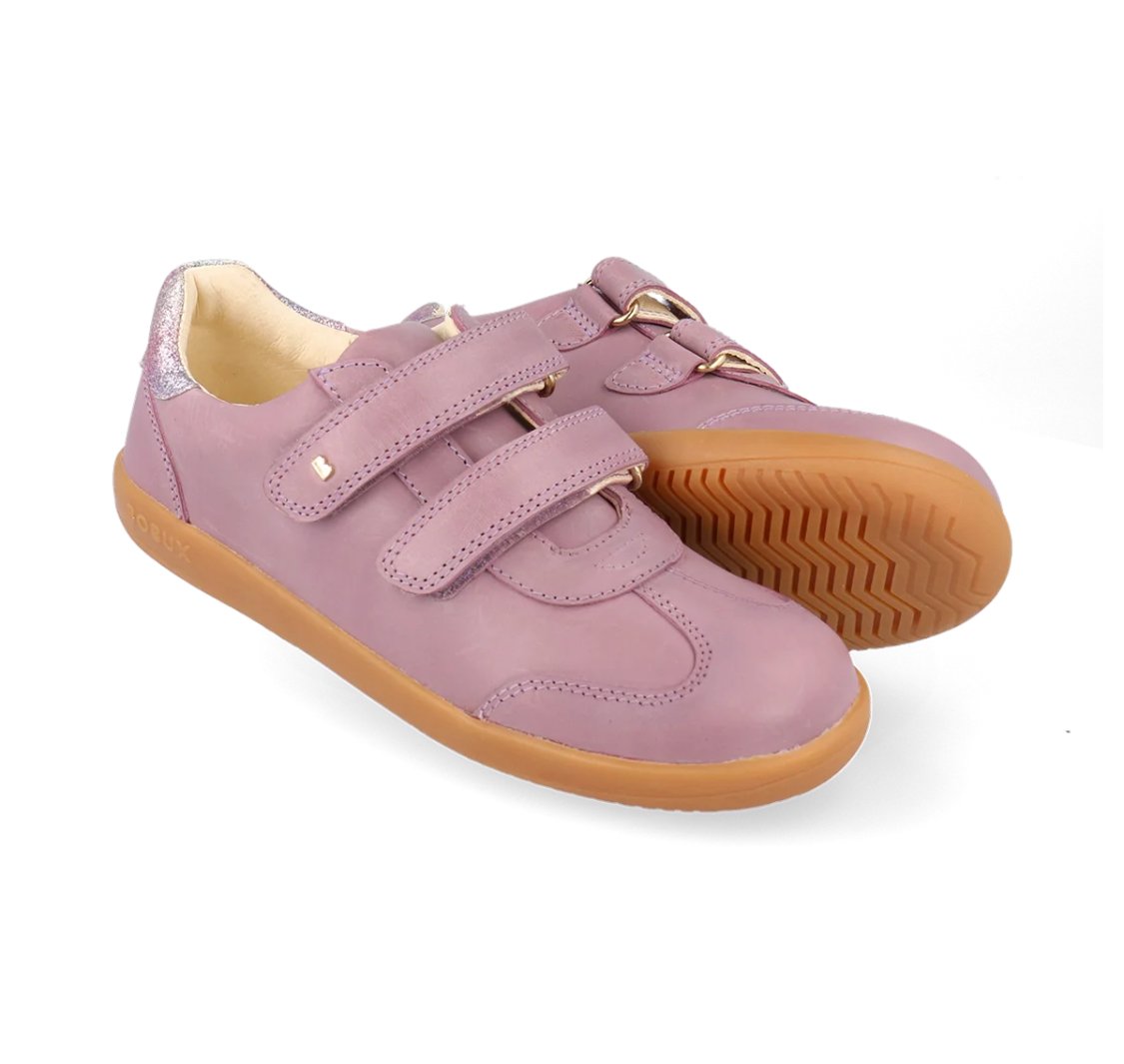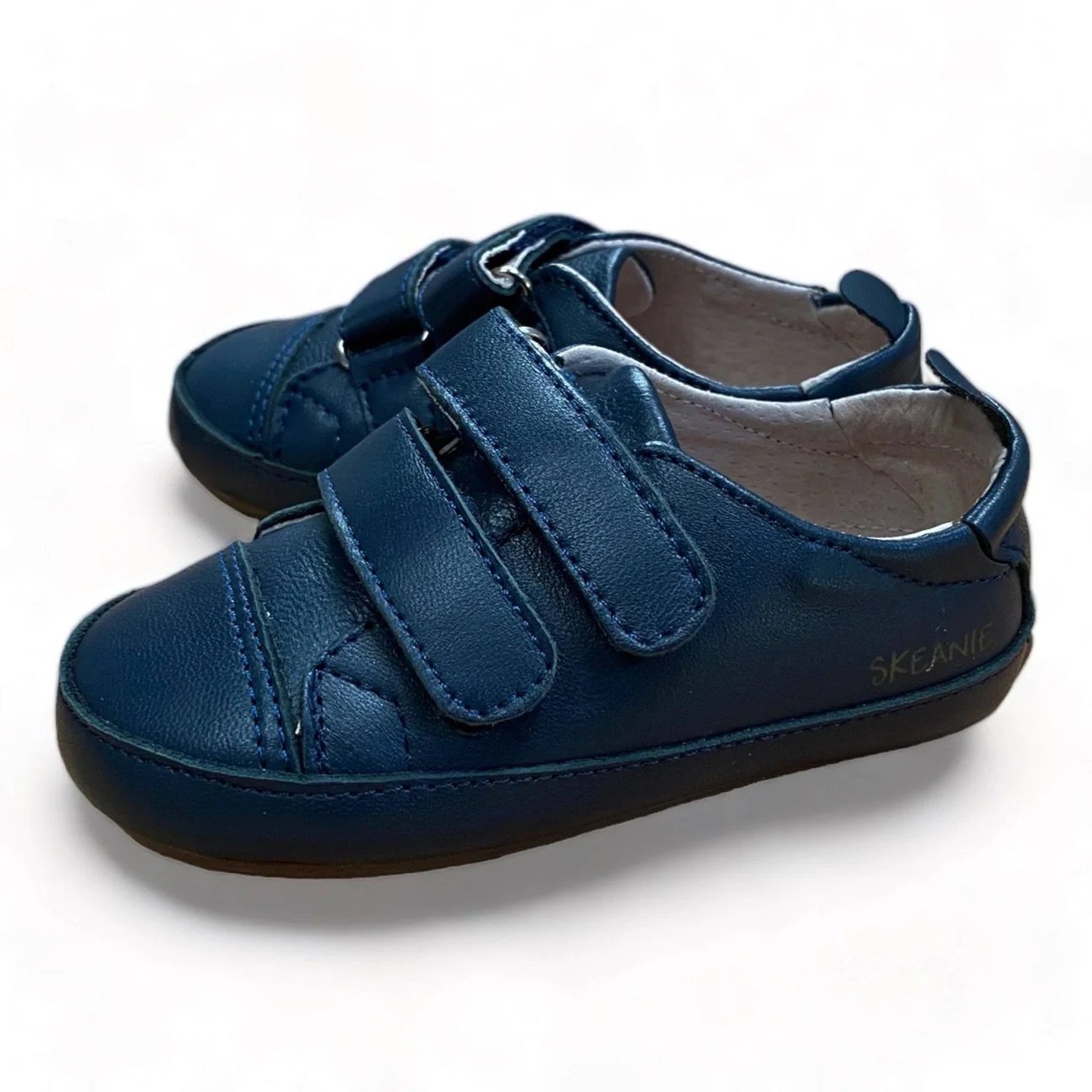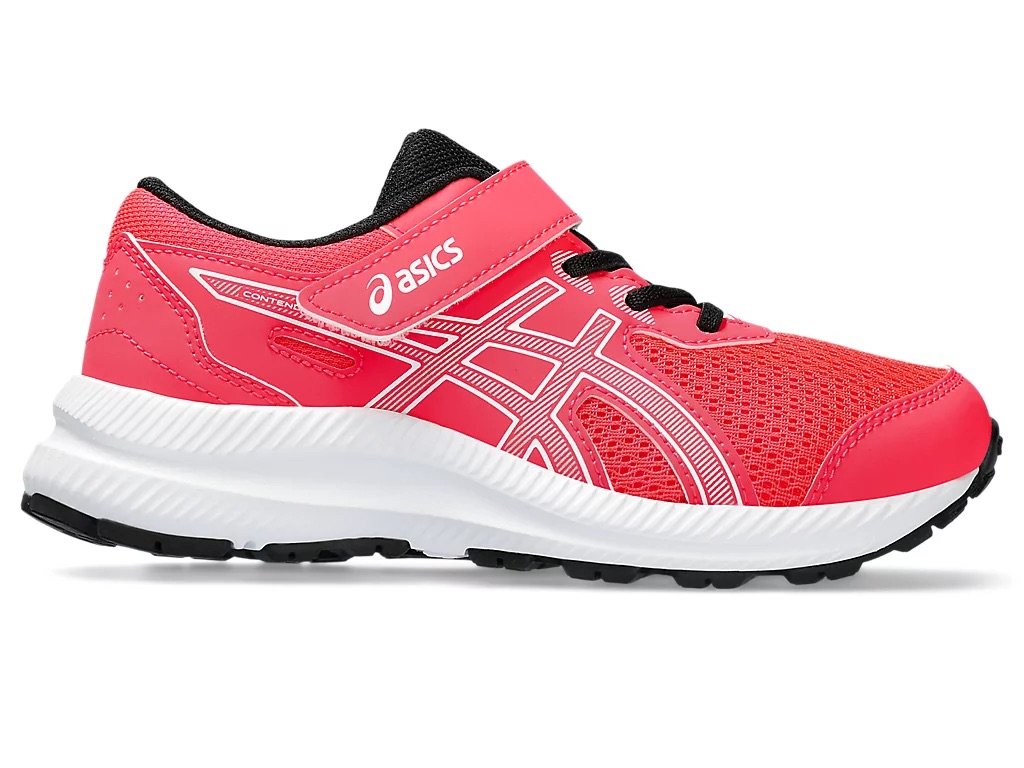Shoes for Pre-schoolers
Why is choosing the correct kids' shoes so important?
The foot is a complex structure made up of 26 bones and 35 joints held together by the ligaments. A child’s foot bones do not fully develop and harden until around the age of 13.
Children will naturally develop an arch as their feet muscles strengthen. This means they do not require arch support. This also means it is quite common for toddlers to be flat-footed in their first few years of walking. Alternatively, they may turn their feet inwards, which affects their gait. As muscle strength increases and the bones develop, this usually improves.
As your toddler begins walking, bare feet or a soft-soled shoe are best. Once they're walking well on their own, they can progress to a firmer-soled shoe. Although barefoot is considered the best for developing feet, it is not always practical in the environments in which we live.
Shoes that are too tight can prevent your child from walking correctly, as well as cause issues like ingrown toenails. And no one wants that! Children’s feet grow in spurts. Depending on their age, how active they are or how fast their feet are growing, some children may need new shoes every 3 to 4 months. Growing feet are developing feet and many adult foot problems begin in childhood.
When choosing shoes for your child, use this checklist to determine the best fit.
How do the shoes fit?
How are the shoes Constructed?
Are the shoes appropriate for my child’s age?
How do the shoes fit?
To assess whether a shoe is the correct fit, you need to look at the shoe's length, width, and depth when fitting your child's shoe. Poorly fitting children's shoes can cause problems.
Length
For shoes with a removable insert:
Take it out and have your child stand on it. This will give you a better sense of how much room there is. When your child's heel is at the back of the insert, there should be about 1.5 cm of space between your child's toes and the front of the insert.
If the shoes do not have a removable insert:
Have your child put the shoe on and press down on the front of it. You should be able to fit the tip of your finger between your child's toes and the front of the shoe. There should be enough room for the foot to grow. The biggest toe should be about a child's thumb-width away from the end of the shoe. Any closer and your child will outgrow the shoe very quickly, any further away and the shoe will be far too big.
Ensure that shoes have a rounded/wide toe box to allow natural movement of the toes without restriction.
Depth
Examine the depth of the shoe to make sure the top of the shoe doesn't press on the toes or toenails. Shoes should not be too tight across the top of the feet as this can restrict movement and can be very uncomfortable potentially causing ongoing foot problems. Look for shoes with rounded toe boxes to give the toes more room to move.
Width
Is the shoe wide enough for the foot? Shoes that are too narrow put pressure on the sides of the feet, causing problems like calluses and blisters.
Ankle Support
The ankle bone needs to be firmly supported by the shoe. Shoes should not dig in or rub the ankle in any way.
Heel grip
The heel of the foot should fit snug against the heel of the shoe without being too tight or too loose.
Watch them walk
The final way to check whether school shoes are the right fit is to watch your child walking around in them! Make sure that your child walks naturally and easily in the shoes and that the heel of the shoe is not slipping up and down.
Remember, shoes should be comfortable from the start. If new shoes need to be ‘broken in’ then they are either not properly designed or not properly fitted for your child's foot. Frequently check your child's feet for redness or blisters, which may indicate they need larger or wider shoes. If you have concerns, make an appointment with your podiatrist.
2. How are the shoes constructed?
A shoe consists of four parts: the upper, the insole, the outer sole and the heel. Here are some things to look out for in each part:
Bobux Sprite (Colour: Iris)
Upper: Breathable materials on the upper part of the shoe are best. Suitable materials include leather, canvas, or mesh materials. Avoid synthetic materials, like plastic.
Insole: Make sure the insole is made of cushioned material. Most children do not need arch support. Toddlers' feet are naturally flatter than older children and adults. Their feet only fully develop an arch as their feet strengthen and develop with age.
Outer Sole: The outer sole provides traction and cushioning. The flexibility of the shoe is very important in this area. Avoid very sticky and thick outer soles as they can cause your child to stumble and/ or fall.
Heel: Toddlers do not need heels on their shoes. Flat outer soles make it easier to begin walking. Older children can wear shoes with heels, but they should not be taller than two centimeters. Tall heels can cause the foot to slide forward and cramp the toes against the inside of the shoe.
Skeanies Trainers Pre Walker Sneakers.
3. Are the shoes appropriate for my child’s age?
Pre-Walker Shoes:
Babies and crawlers don't need shoes. In fact, being barefooted has a number of positive effects on growing and developing feet. A pair of wide socks or booties that can keep their feet warm are ideal. However if you are choosing shoes, a soft soled, pre-walker shoe is the best option for a child that has not yet started walking. A pre-walker shoe should have a soft, flexible sole such as suede. The shoe should not provide rigid support and shouldn’t bind their feet. Most importantly, the shoe must be shaped like the child's foot. As long as they are within a safe environment, it is preferable that your child can be barefoot whilst they learn to walk.
Toddler Shoes:
Shoes for toddlers (approx 9 months to 3 years) should allow the foot to breathe. So it is best to avoid synthetic materials. For young children (aged 9-18 months) a high-top shoe will provide better ankle support and will stay on the foot better compared to a low-top shoe. Ensuring that the shoes have adequate fastening is also important. Shoe laces, buckles and velcro are all equally good, so long as they can be adjusted. It is best to avoid slip-on shoes that cannot be properly secured to the foot and adjusted. The sole of the shoe should be smooth to prevent falls. At this age, children use a lot of energy walking. Because of this, be sure to choose a shoe that is lightweight and won't be too heavy for them to wear over long periods. Similarly to pre-walkers, allowing toddlers to go barefoot in a safe environment is great for encouraging healthy foot development.
Asics Contend 8 - Kids Pre School Shoes (K10-3)
School-Age Children's Shoes:
Options for style for school aged children, increases to a wider variety. However, the fit remains important for school-age children. Look for reasonably priced, flexible, well-ventilated shoes that allow plenty of room for growth. If you have a great deal of difficulty finding shoes that fit, or if your child develops calluses, sores, or other foot problems we recommend consult a podiatrist.
If you have any questions in regard to choosing shoes for your children (at any age!) contact us here at Birdwood Podiatry. Or make an appointment with us here.






